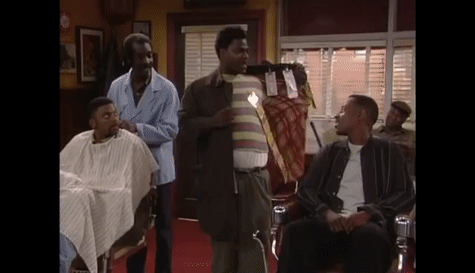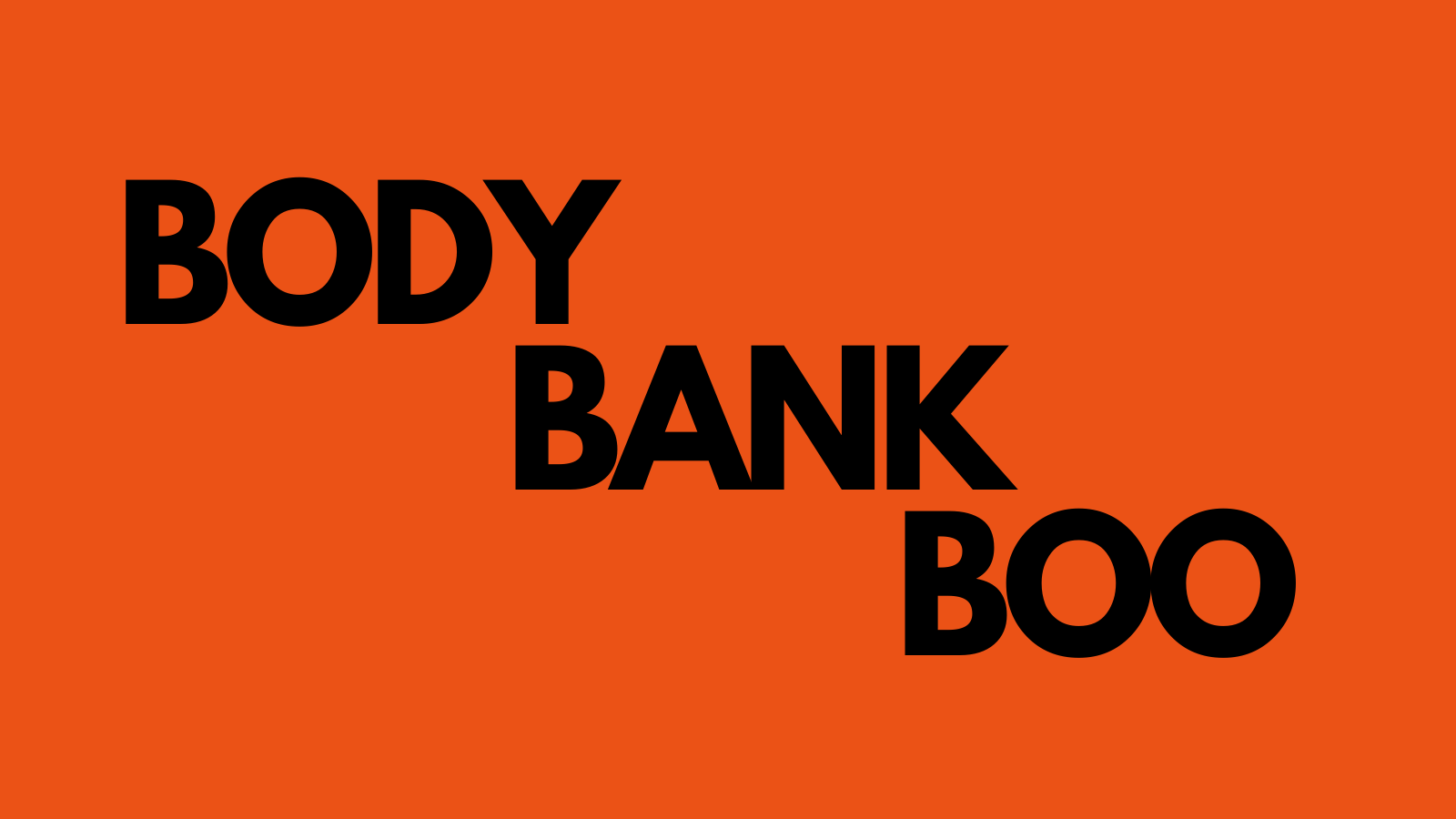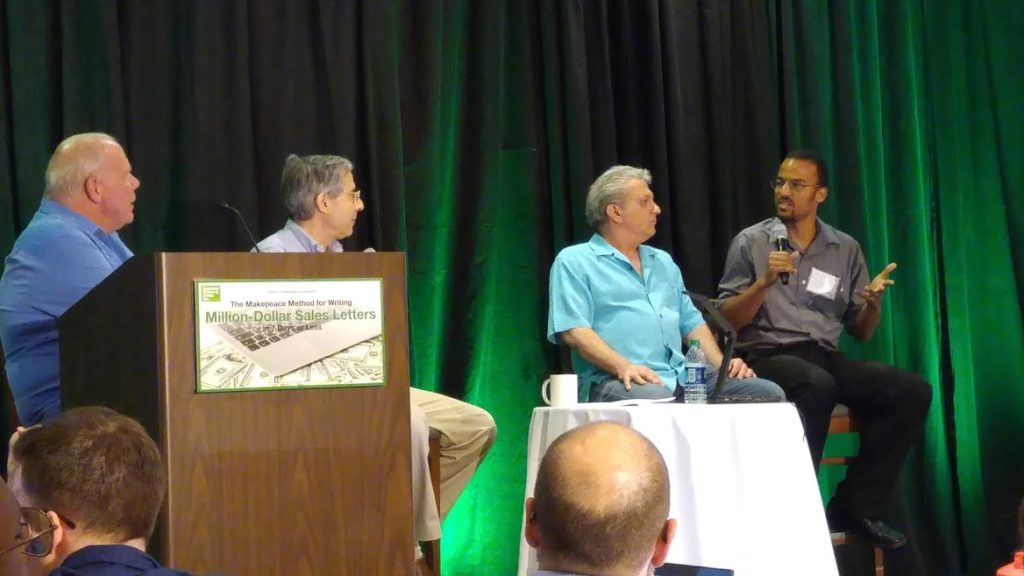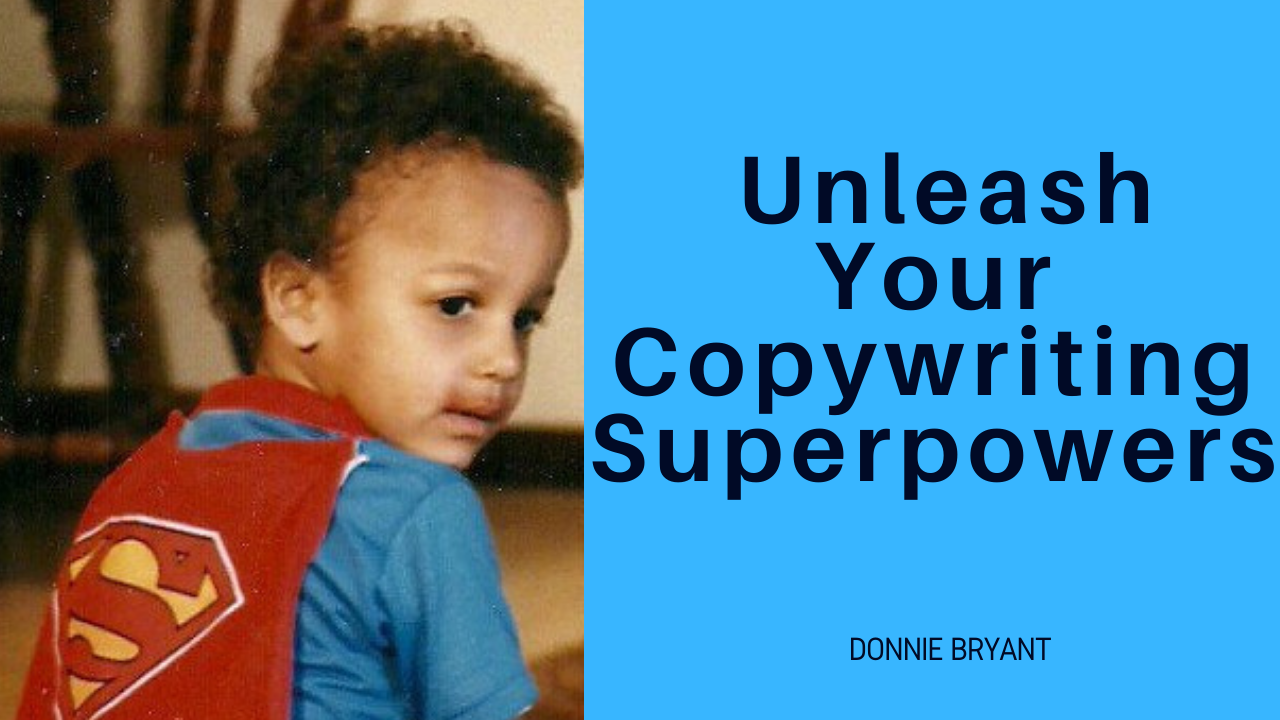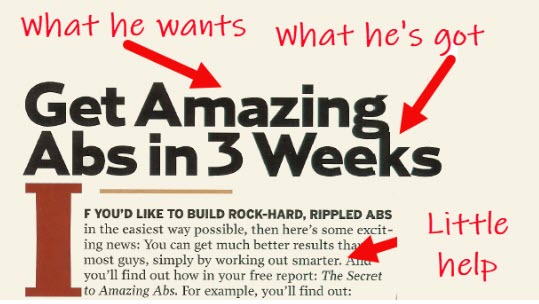Wanna know why you’re not closing more sales than you are right now?
I haven’t dug into your business, but I can tell you one reason.
Imposter syndrome.
Quick story.
I recently had a conversation with a guy I’ve known for about 20 years named Allen. We kinda came up together. Even had the same job at the same company on two separate occasions.
Over the past few years, our incomes really started to diverge. I regularly offered advice and encouragement. But he never seemed to be able to change course.
During this conversation last week, Allen inadvertently gave me a hint about why he was stuck.
“I’m not like you, Donnie,” he snapped at me.
Which is just plain false for a whole bunch of reasons.
As I said, we kinda came up together, worked some of the same jobs, etc.
(And yes, I realize this sounds a lot like scene between Derek and Chi from Save the Last Dance, but this is real life.)
Anyway, the point is this.
Over the years, the greater the difference between our incomes, the LESS he paid attention to the advice I gave him.
In his mind, he believed those ideas, strategies and resources wouldn’t work for him… because he’s not like me.
Imposter syndrome rears its hideous head.
Guess what.
The moral of this story applies to your marketing and your business.
Because YOU suffer from imposter syndrome.
There’s the twist.
I didn’t say you HAVE imposter syndrome.
But you almost certainly suffer from it…
Because your should-be clients have it.
They may listen to your advice. They may respond well to your encouragement. But many of them simply cannot bring themselves to change course.
They don’t believe your ideas, strategies and resources will work for them.
Because they’re not like YOU.
This Amazon review is a funny example… and sad at the same time.

This reviewer’s own self-doubt is blocking him from getting valuable information from the very people who have achieved the results he’s looking for.
But he just can’t see it.
How Do You Defeat Their Imposter Syndrome?
The brutal truth is that you won’t be able to beat in for a big chunk of your audience.
I won’t go so far as to call them hopeless…
Let’s just say your energy will be better spent focusing on the smaller percentage of “kingmakers” on your list.
With that in mind, here are a few tips:
1) Keep painting a vivid picture of a specific, desirable outcome.
Never underestimate the power of desire. In some cases, people will change their entire belief systems when they want something badly enough.
I get nervous every time mention this. But I trust you to do the right thing.
2) Tell more stories that illustrate that you really ARE like your reader. Or, at least you used to be.
Again, some people won’t be able to clear that hurdle. Don’t worry about it. The ones who get it will get it. And you may compel a brave minority to take action in spite of their self-doubt.
3) Show them examples of other people who really are like them. Detailed testimonials can go a long way here.
4) Make it insanely easy and low-risk to take the first step.
Offer a sample. A free or low-cost trial. A courageous money-back guarantee.
If it makes sense, maybe even offer to partner with them to get the result they’re looking for.
Get them to take the first step and they may come to see that, “hey, maybe I AM like you, Donnie.”
5) If you can do so honestly, demonstrate that even a caveman could get the desired result – with your help. That way, imposter or not, they should be able to find success working with you.
Now…
This has been a lot of information. If it’s been overwhelming, I apologize.
Let’s simplify quickly before we get out of here.
You have “Allens” in your life. They’re on your email list. Maybe in your sales pipeline.
And their imposter syndrome is costing YOU money.
Try not to let that frustrate you.
Display your flawed past and the near-flawless ability of your product or service to produce their desired outcome (to whatever extent it’s reality).
You’ll convince the convincible… encourage the faithful… and put more sales on the board.

